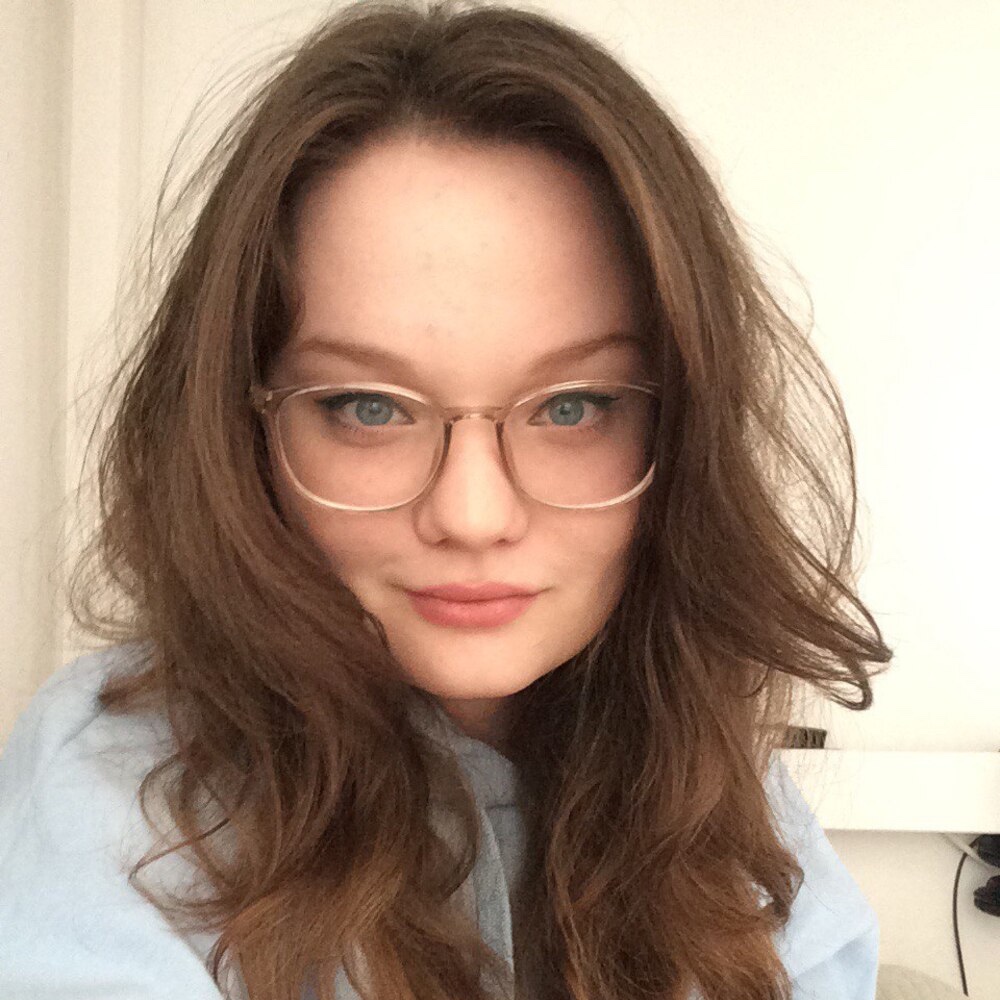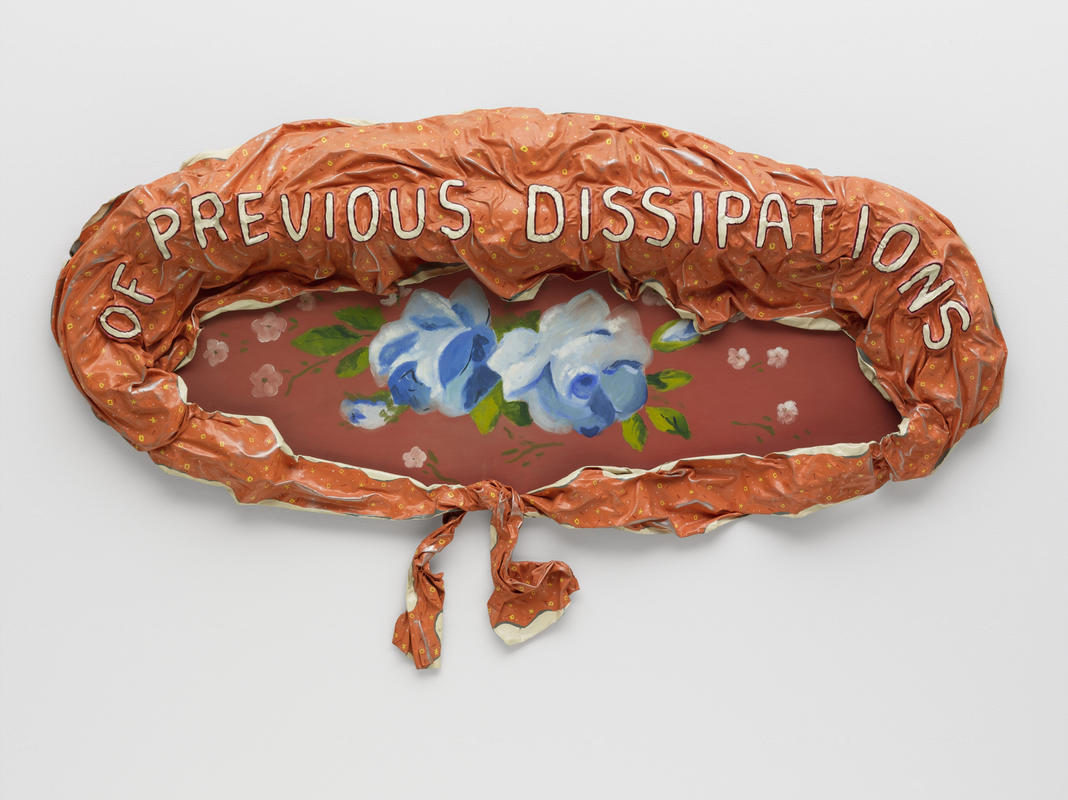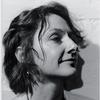More about Of Previous Dissipations

Contributor
Ree Morton’s Of Previous Dissipations shows how flowers and ribbons can be feminist.
With its weirdly shaped frame and cryptic line “of previous dissipations," Ree Morton’s work seems hard to decipher at first glance. Questions like “what the hell is it made of?” or “what dissipations is the artist talking about?” come to mind. A few clues for understanding this work are its depiction of delicate, feminine flowers in the middle, its coral color, and the little ribbon at the bottom.
Ree Morton was part of a feminist movement that utilized feminine motifs, colors, and shapes. Instead of trying to emulate the style of famous male artists, women artists used imagery that has been associated with women for a long time. Things that oppressed women, like stereotypical depictions of femininity, were used to fight sexist oppression and reclaimed as symbols of identity. Since the word “dissipation” can mean to indulge in pleasures usually seen as frivolous, Ree Morton’s work could allude to the pleasure of using decorative curves and delicate flowers in a minimalist art world.
Ree Morton made the work’s bulky frame out of celastic, a material often featured in her work. She discovered the material the same year she made Of Previous Dissipations, in 1974. Used for shoemaking, props, and stage sets, the material made its way into Ree Morton’s sculptural paintings. When celastic is softened with acetone or a similar solvent, it can be molded into any desired form. Once the material is dry, it’s easy to apply paint. It was this flexibility that won the artist over. Ree Morton’s continuous use of the material in addition to her colorful ribbons, flowers, and ruffles gave her work the reputation of being "kitschy." This reputation would probably be well received by the artist who claimed that she hated good taste. The work does not only defy “good taste” but with its sculpted frame and painted flowers on wood, Of Previous Dissipations also blurs the lines between painting and sculpture.
Sources
- Britannica, “The second wave of feminism.” Accessed August 5, 2022. https://www.britannica.com/topic/feminism/The-second-wave-of-feminism.
- Lisa Liebman, “From the Archives. Innocence and Irony: The Art of Ree Morton.” Art in America, January 1, 1981. https://www.artnews.com/art-in-america/features/archives-innocence-iron…
- MoMA. “Ree Morton Of Previous Dissipations 1974.” Accessed August 5, 2022. https://www.moma.org/collection/works/79292.
- Sabeth Buchmann, “Ree Morton: Generali Foundation, Vienna.” Artforum International 47, no. 9 (May 2009): 224-226.
- Susan Richmond, “The Sentimentality of Ree Morton’s Signs of Love.” American Art 30, no. 3 (Fall 2016): 92-111.
- The Britannica Dictionary, “dissipation.” Accessed August 5, 2022. https://britannica.com/dictionary/dissipation.











